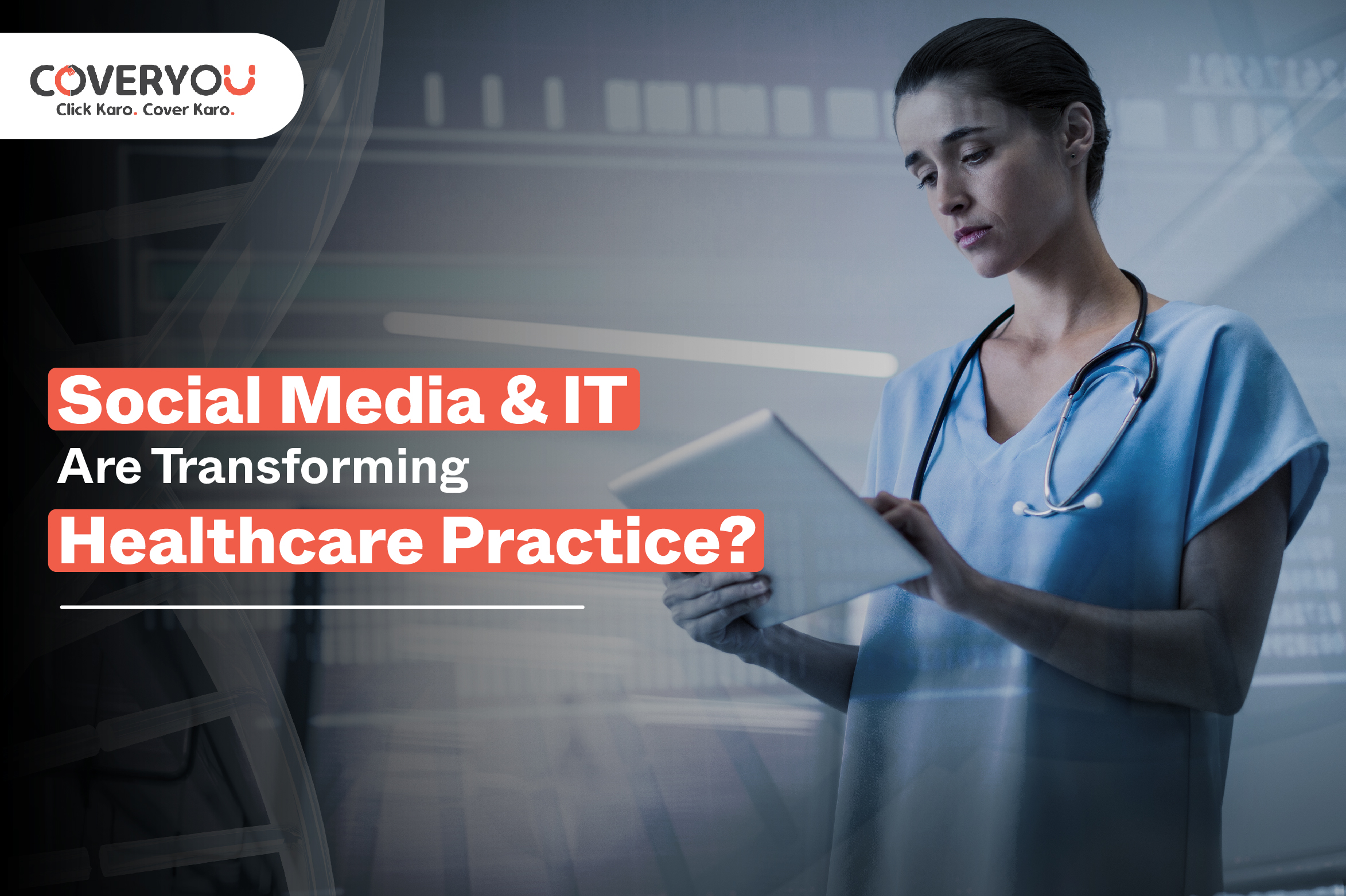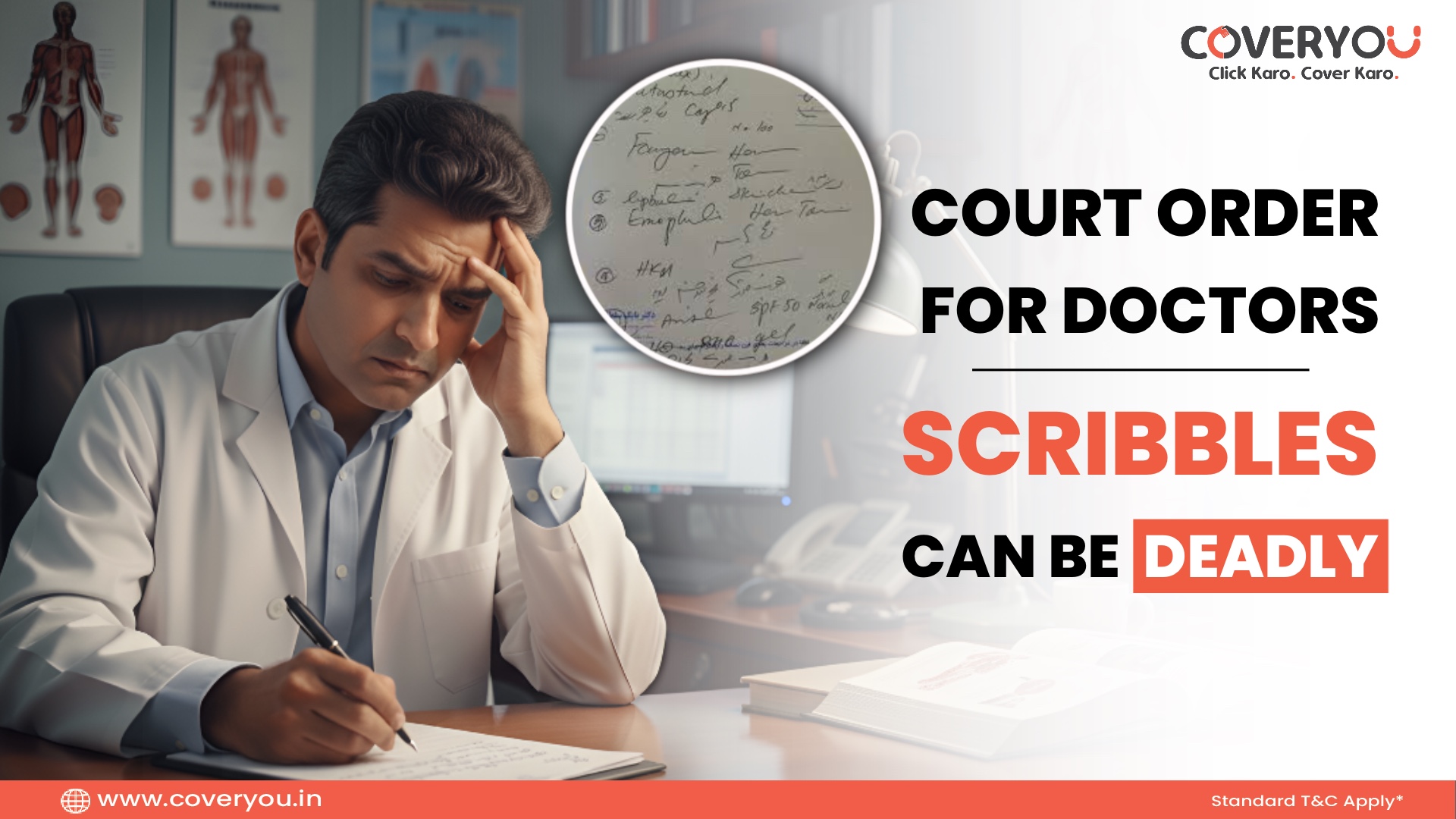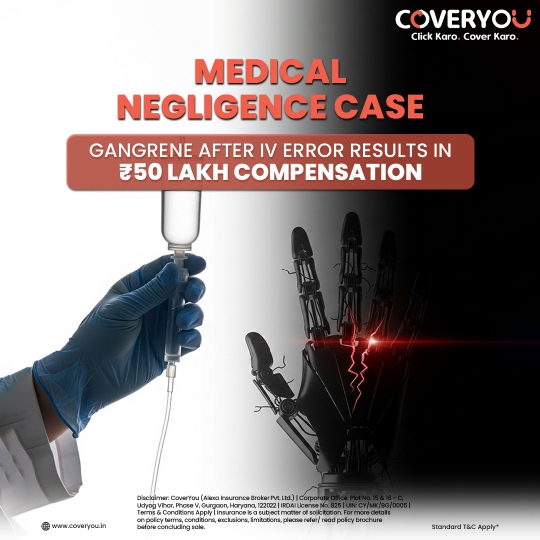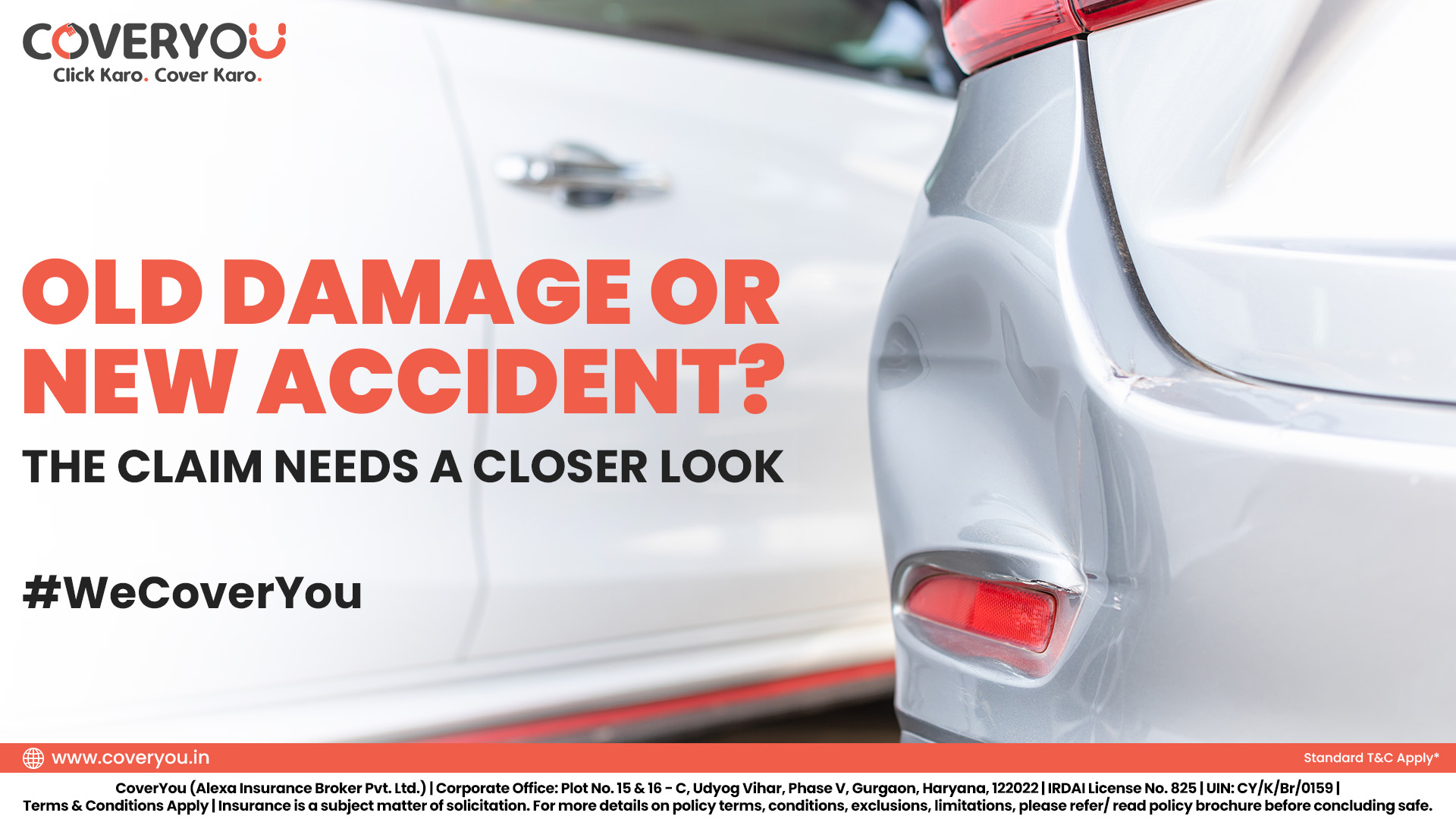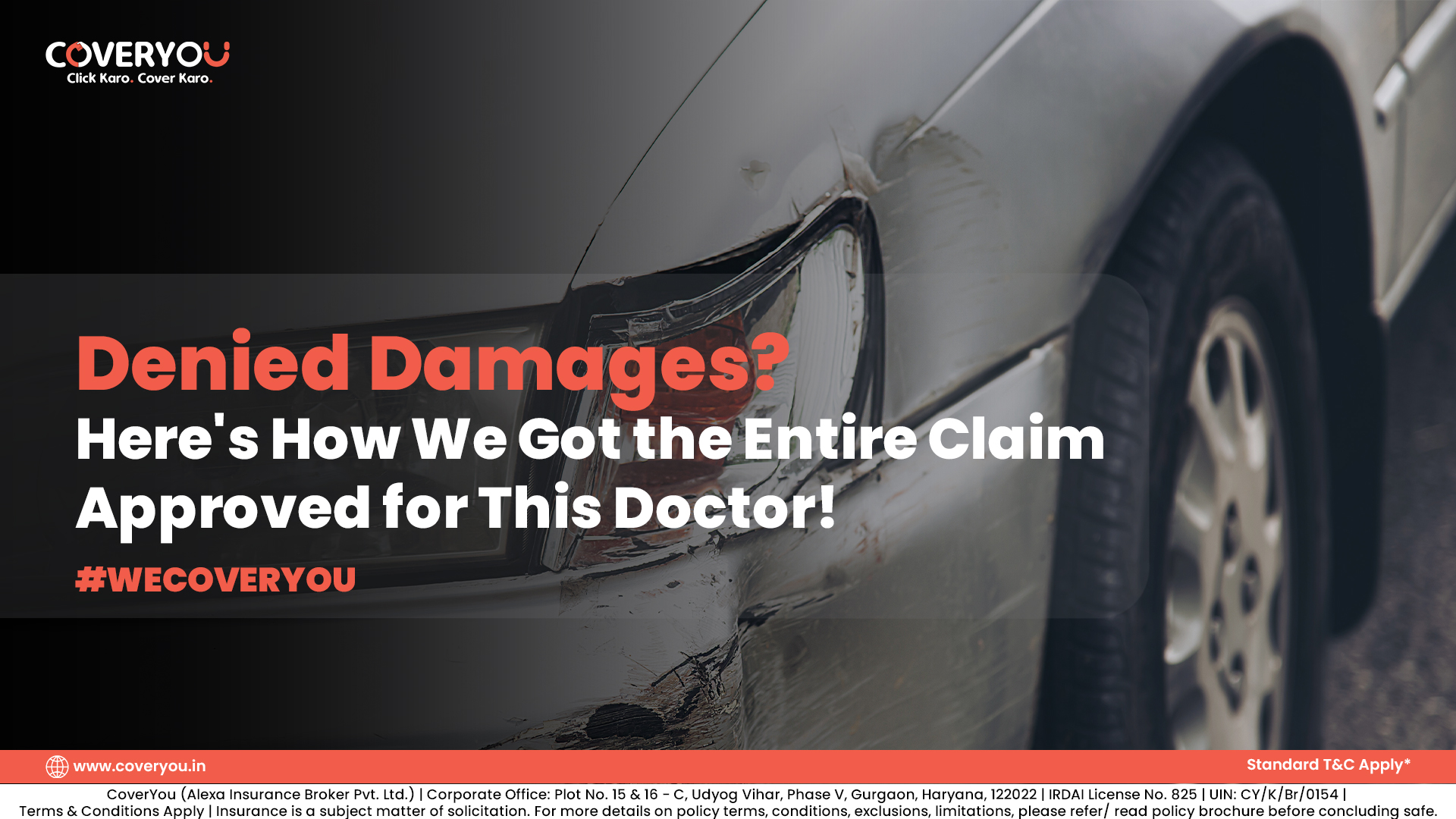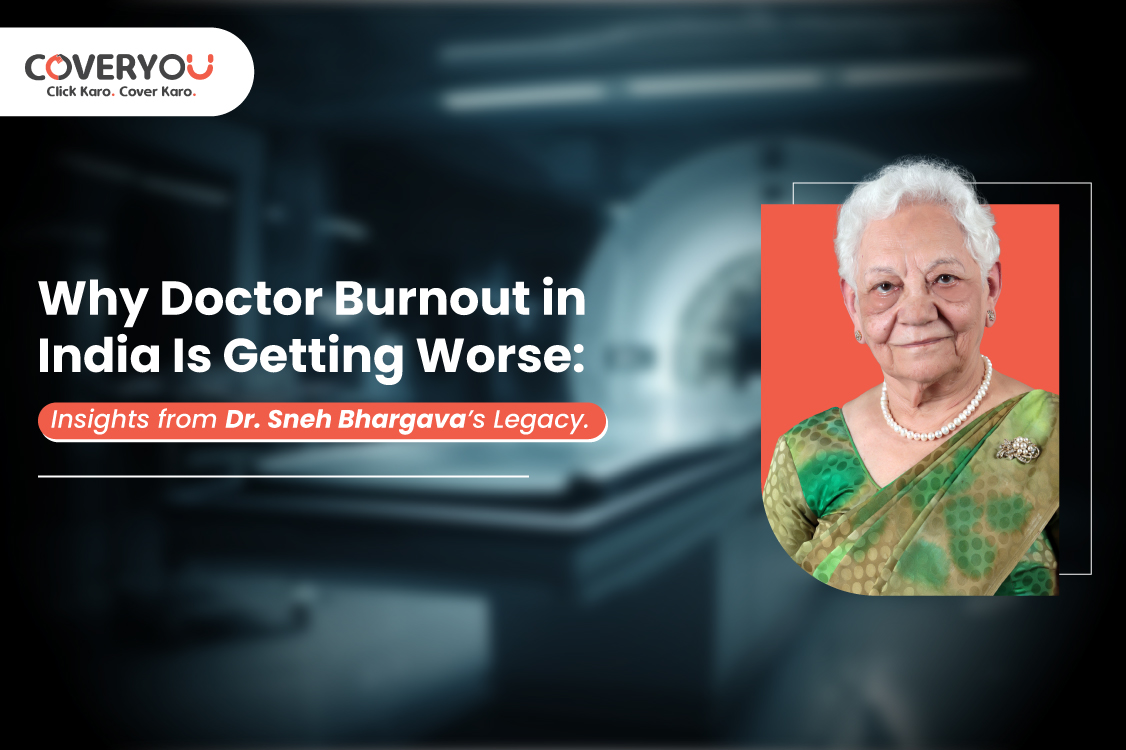Social media and information technology are transforming the healthcare practice of doctors with patients, diagnosing illness, and even defending themselves in courtrooms. While the world scrolls, likes, and shares, the OPD quietly bears the brunt, and doctors are feeling the shift right in their clinics. From WhatsApp forwards to patients citing “Dr. Google” during consultations, the internet, smartphones, and social media are redefining the once predictable dynamics of healthcare. While this revolution has made information more accessible than ever before. It has also created new challenges that no textbook had ever warned about.
What’s Happening Inside the OPD?
Your patient walks in, and their symptoms are mild. Their questions? Many. Because they’ve already read up on possible conditions, from autoimmune diseases to rare disorders based on a single symptom. And now, your five-minute consultation has turned into a debate about why you’re not recommending what they read online. Welcome to a new era of practice. The era where medical knowledge is no longer exclusive, but not always accurate either.
Why “Half Knowledge” Damages Clinical Judgment
Let us be clear: not everything on the internet is hazardous. Preventive awareness drives, simple health education, and public awareness of lifestyle disorders have saved precious lives. But issues start when unverified, unsourced, and unfiltered content turns into the patient’s filter to judge clinical decisions. The thin line between medical information and medical wisdom is usually blurred, and doctors must contend with distrust rather than disease.
Research has revealed that online sites such as Facebook, Twitter, and online forums are shaping treatment decisions. According to the WegoHealth survey, 91% of patients indicate that online communities influence health decisions. But are such sites giving nuance, clinical context, or experience? Not typically.
A Doctor’s Words vs. A Google Result
You’ve spent more than a decade as a student. But one search result, composed by a nonmedical writer, might be a stronger persuader to your patient’s brain. The problem isn’t your credibility, but it’s the ubiquitous excess of unvalidated information.
As the report rightly observes, medical education used to be organized. It took effort, money, and sponsorship. Now, with the ubiquity of smartphones, everyone is “informed.” But are they prepared to comprehend the fields of grey practice? Unlikely.
The Emergence of Mistrust and Litigations
When the Consumer Protection Act included healthcare under its umbrella, patient awareness turned into apprehension. Social media added fuel to the fire. Viral posts, unverified accusations, and biased narratives often escalate into violence against doctors or frivolous lawsuits. And in fear of litigation.
Social Media’s two-faced coin
There is no denying that social media carries an edge: it bridges gaps, informs the public, and enables professionals to network. But once it begins crossing lines, sharing patients’ stories without permission, and swaying decisions by ads disguised as information, it is a risk.
The Pew Research Center has documented how health information is increasingly being utilized to target drug ads, hospital ads, and even lawsuits. When the patient-provider boundary is already blurred, this commodification is a serious threat to trust.
What Can Be Done?
We need smart regulation, not censorship. Medical content online must be marked with a validation badge, as with the FDA approvals. Sites must filter out non-evidence-based assertions, and policymakers must be vigilant about the impact of digital health on real clinical practice. At the same time, our doctors also have to transform. Empathic listening, good communication, and educating the patient can go a long way in rebuilding confidence. Let’s not dismiss their Google search; let’s walk them through it. And let’s protect the practice of medicine with customized professional indemnity insurance.
Medicine Beyond the Stethoscope
Clinical practice is being transformed by information technology, and that will not cease. But one thing that must never change is the very essence of medicine: clinical judgment, ethical integrity, and the holy doctor-patient relationship. The problem is not the information revolution itself, but how we surf its wave without allowing it to wash away the basics. It is time we take back the story, not by fighting technology, but by humanizing it.
